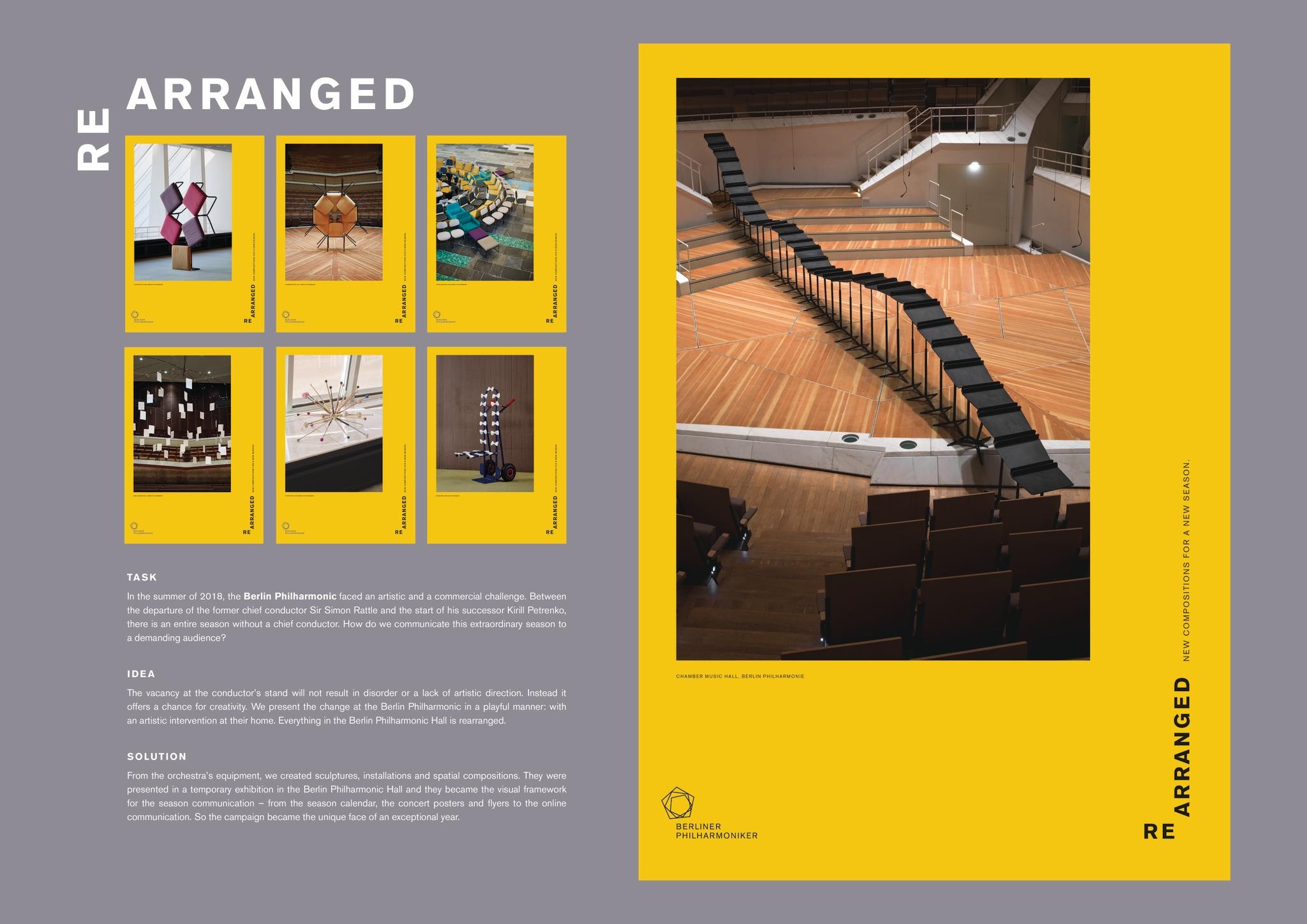Cannes Lions
SFMOMA / Rene Magritte: The Fifth Season AR
FROG DESIGN, New York / SFMOMA / 2019

Overview
Entries
Credits
Overview
Background
SFMOMA undertook a massive expansion in between 2013 and 2016—adding a ten story tower and 100,000 square feet in gallery space. During construction, they did an extensive brand study to identify growth opportunities and found that the arts-interested audience in the Bay Area is much larger than was thought previously (60% of the population). They embarked on a number of programs to reach out to that broader population by investing in a new type of relatable audio guide, advertising campaigns, and an art-text application called “Send Me” while remaining true to their core audience. The Magritte project was another effort in that vein and invited audience members to play with and engage the art in a new way while helping their audience move beyond a traditional role as visitors and become participants.
Idea
Inspired by the visual puns and paradoxes found in Magritte’s works from this period, the Magritte Interpretive Gallery presents a series of altered and augmented “windows.” Each window invites visitors to be “seen,” while simultaneously obstructing and alerting their perception of reality.Some windows function as digital mirrors in which the visitors’ reflections do not behave as expected. Other windows sense visitors’ presence and open a gateway into another, augmented reality. The windows become both portals and problems, challenging expectations of what could and should be seen.At a broader level the project seeks to highlight the relevance of Magritte's work to current cultural and digital altered-reality landscapes and how his playful skepticism could inform our current cultural moment, in which what is real & what is fake is being constantly blurred.
Strategy
Our goal is to help visitors connect to the themes of the exhibition in playful, visceral way, while also encouraging them to see their everyday surroundings in a new light.” Says Neal Benezra, the Helen and Charles Schwab Director of SFMOMA. “On a deeper level, the Interpretive Gallery also serves as a reminder that artists have always been interested in breaking down the boundaries between natural and artificial realities—anticipating much of the work in VR and AR being done today.
Execution
With the use of advanced, depth-sensing cameras and motion-tracking technology, the digital scenes in the windows draw on Magritte’s visual strategies. They also add a temporal twist, engaging the visitor in a brief journey by suspending and altering reality and perception. The combination of visual design and human-computer interaction creates a seamless experience activated by the presence of the visitor. “We wanted to make the technology disappear as much as possible,” said Charles Yust, Principal Design Technologist and the teams Project Lead. “There’s a mountain of coding, hardware integration, and software integration but all of that is in the service of creating a sense of ‘magic’. That’s what Magritte was achieving with just oil and canvas and we wanted to honor that while taking a modern day approach.”
Outcome
Qualitative surveys revealed that almost 100% of exhibit visitors lingered in the interpretive gallery space, about three-quarters actively engaged with the work and almost half took photos – many of which were shared on social media. Visitors were encouraged to share their experience which helped provoke repeat visitation and expand their audience.
The project received substantial press and has received additional recognition from other conferences (SXSW) and awards:
https://mashable.com/article/augmented-reality-art-museums-rene-magritte-sfmoma/
https://schedule.sxsw.com/2019/events/PP91358
Similar Campaigns
7 items



